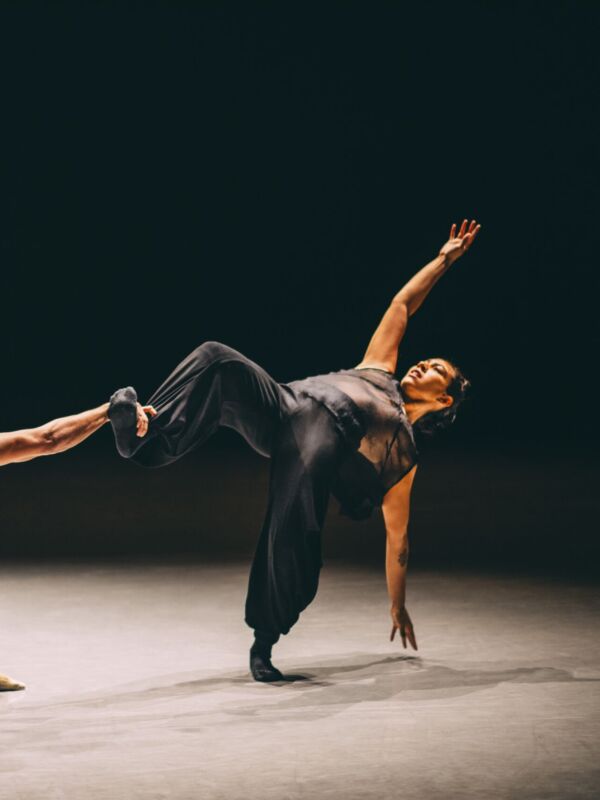Interview with Joost Poort and Ennya Larmit
WRITTEN BY: SOPHIE HEIJKOOP
In September 2020, the dancers of Nederlands Dans Theater (NDT) danced the programme Endlessly Free in the Zuiderstrandtheater in The Hague. Because of the corona measures, only 178 people were allowed to physically attend the performance. More than 3,000 people joined them online. With this concept, the dance company is going all out on a strategy where physical and digital theatre attendance are combined. Their first experiences with digital live streams point to a successful new business model. How does NDT go about it?
After the theatres were allowed to reopen in the summer of 2020, many cultural institutions chose not to continue the digital initiatives they had developed during the previous lockdown. Nederlands Dans Theater (NDT) has opted for a two-track strategy and broadcasts live stage performances online.






 Streammachine
Streammachine





